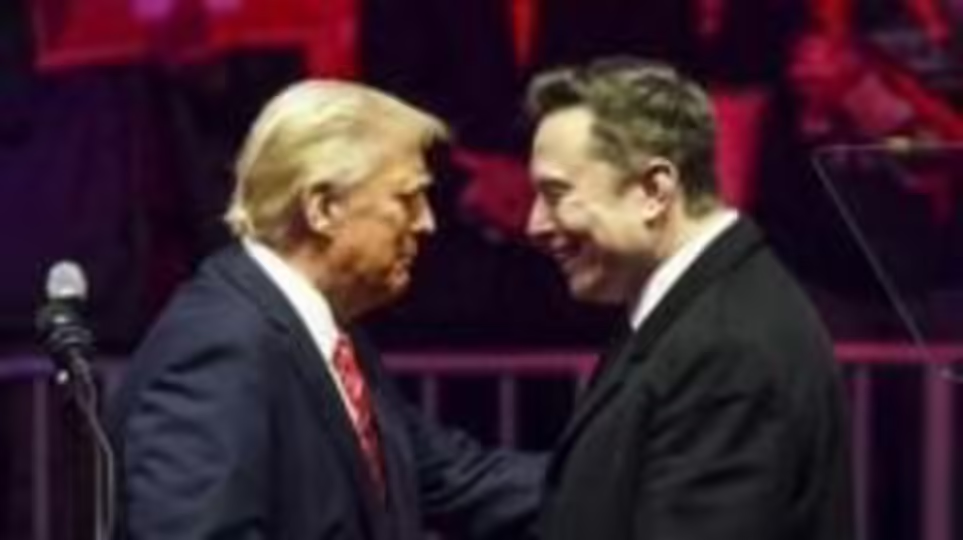Trump Endorses 'DOGE Dividend' Proposal: A $5,000 Payout for Taxpayers?
Thu, 20 Feb 2025

President Donald Trump has expressed enthusiasm for a proposal that could see American taxpayers receiving substantial dividends from federal savings. This initiative, termed the "DOGE Dividend," stems from the efforts of the Department of Government Efficiency (DOGE), led by tech entrepreneur Elon Musk. The concept was introduced by James Fishback, CEO of investment firm Azoria, who suggested that 20% of the savings identified by DOGE be redistributed to taxpayers. With DOGE aiming for $2 trillion in federal expenditure reductions by July 2026, this allocation could translate to a one-time payment of approximately $5,000 per tax-paying household. Fishback detailed this proposal in a memo posted on X (formerly Twitter), emphasizing that the remaining savings should be directed towards reducing the national debt, which currently stands at $36 trillion. Elon Musk responded positively to Fishback's suggestion, stating on X that he would "check with the President" regarding the idea. Subsequently, during an investment conference in Miami, President Trump acknowledged the proposal, highlighting the significant potential savings and the possibility of allocating a portion back to American citizens. He remarked, "The numbers are incredible, Elon. So many billions... hundreds of billions. We're thinking about giving 20% back to the American citizens, and 20% down to pay back debt." The DOGE initiative, established by President Trump and spearheaded by Musk, aims to streamline federal operations and eliminate wasteful spending. Since its inception, DOGE claims to have achieved $55 billion in savings through measures such as canceling unnecessary contracts and reducing bureaucratic redundancies. However, detailed documentation supporting this figure has not been fully disclosed. While the prospect of a $5,000 payout is enticing, several experts urge caution. Jessica Riedl, a senior fellow at the Manhattan Institute, pointed out that the current savings represent a minuscule fraction of federal spending. She noted, "Given the very small share of federal spending that has been reduced, the American people could possibly take their dividend to Starbucks for half off of one coffee." Moreover, achieving the ambitious $2 trillion savings target would necessitate deep cuts across various federal programs, potentially impacting essential services like Medicare, Medicaid, and defense. Such significant reductions could face substantial political and public resistance. Additionally, any proposal to redistribute federal savings would require Congressional approval, a process that involves extensive deliberation and negotiation. Elon Musk has clarified that while the idea is under consideration, no specific amounts have been finalized. He emphasized that the primary goal of DOGE remains deficit reduction to combat inflation and lower interest rates. Musk stated, "The amount would therefore obviously be proportionate to how much savings DOGE actually achieves. More savings would mean a bigger tax reduction! The top DOGE priority remains, however, reducing the deficit to stop inflation and lower people's interest rates." The proposal has also sparked discussions about its potential economic impact. Some economists warn that injecting large sums of money directly into the economy could reignite inflationary pressures, especially if not offset by corresponding spending cuts or revenue increases. The U.S. has recently grappled with elevated inflation rates, and careful consideration is necessary to avoid exacerbating the issue. In summary, while the "DOGE Dividend" proposal presents an innovative approach to rewarding taxpayers from government savings, its implementation faces numerous challenges. Achieving the projected savings, securing legislative approval, and managing potential economic repercussions are critical factors that will determine the feasibility of this initiative. As discussions continue, stakeholders will need to weigh the benefits of direct taxpayer dividends against the broader implications for federal programs and economic stability.
